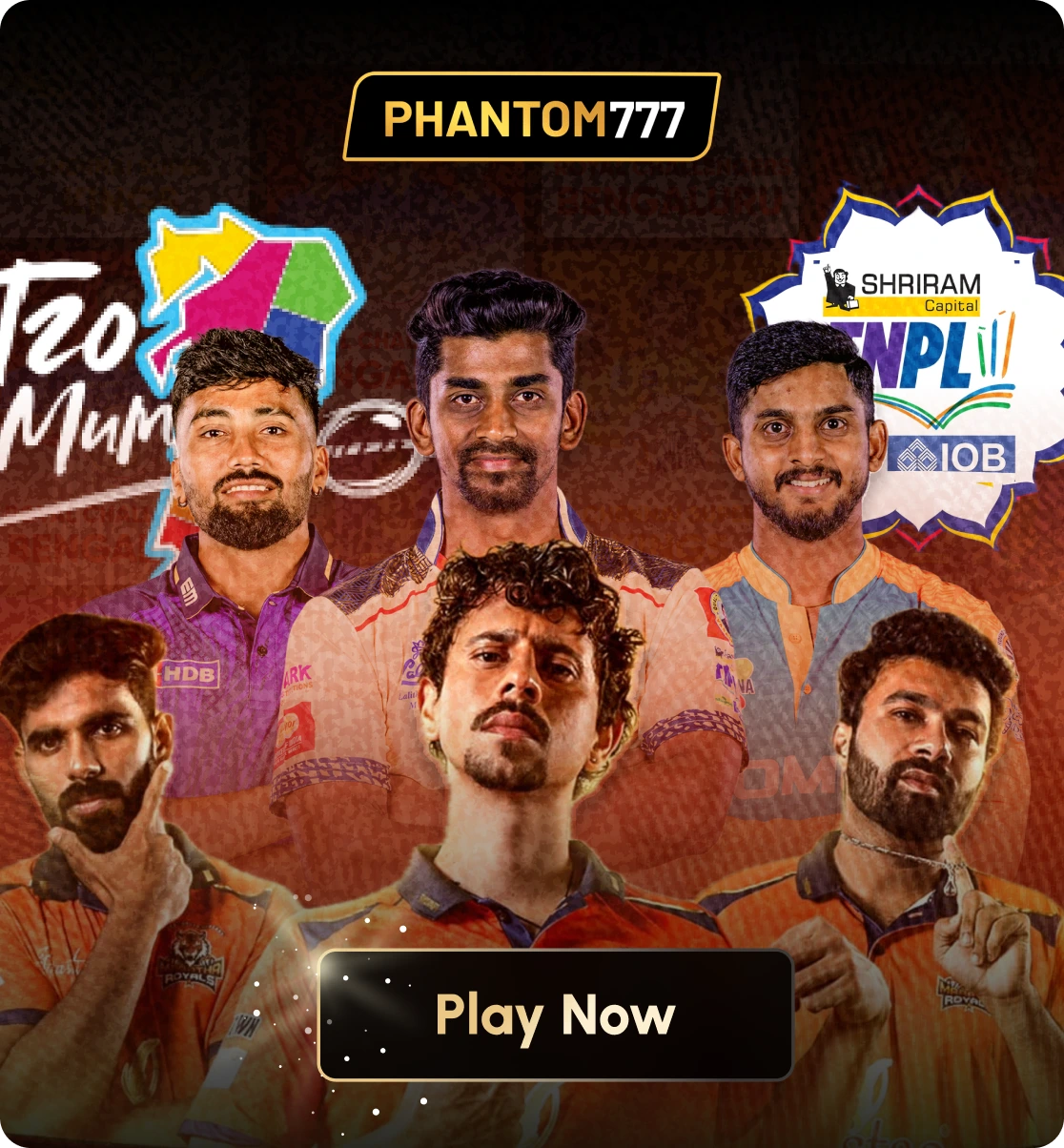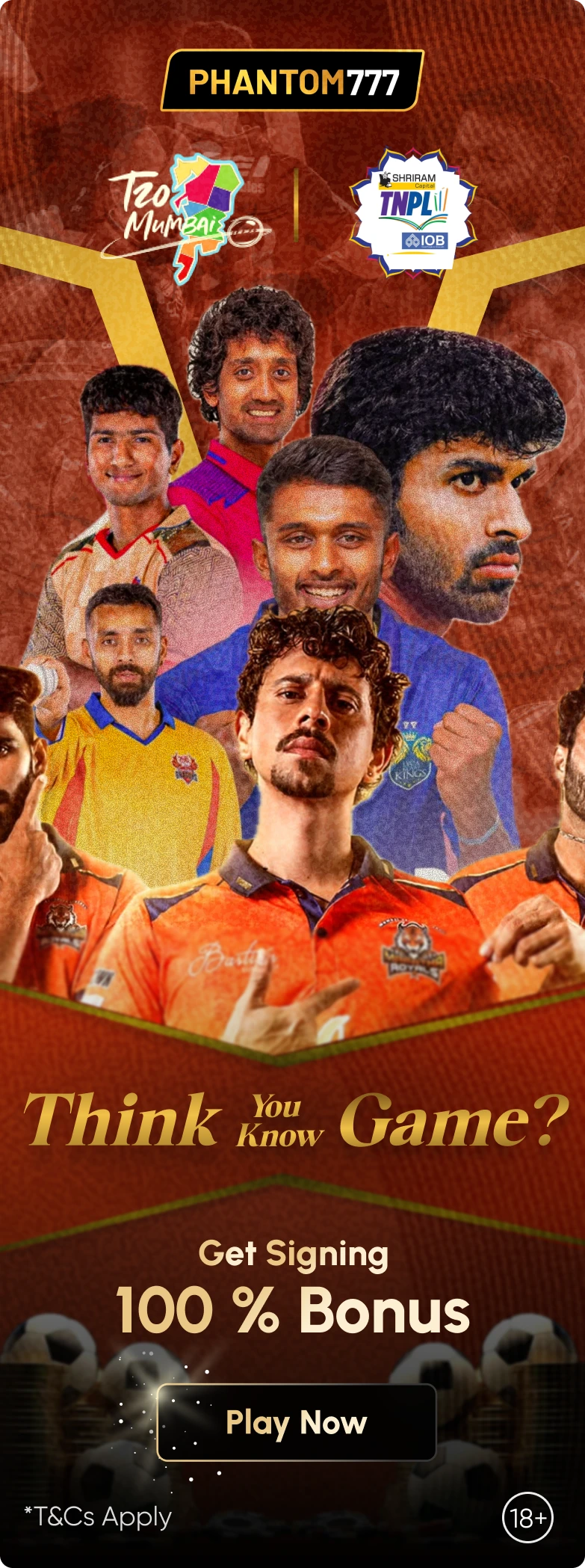
Table Of Contents
T10 cricket is the shortest sanctioned format of the game, where each team faces just 10 overs per innings. A typical match concludes within 90 minutes, making it the most time-efficient version of cricket ever conceived. This format strips away the strategic chess game of longer formats and replaces it with pure, unadulterated aggression from the first ball to the last.
The Birth of a Format
The concept of T10 cricket gained official recognition when the International Cricket Council (ICC) sanctioned it as a recognized format. The flagship tournament, the Abu Dhabi T10 League, launched in 2017 and quickly became the standard-bearer for this format. Since then, the format has expanded globally, with leagues emerging across different continents.
The Unique Dynamics of T10
Unlike its predecessors, T10 cricket demands a completely different mindset from players. Batsmen cannot afford the luxury of settling in or playing themselves into form. From the moment they arrive at the crease, boundaries must flow. Strike rates below 150 are considered inadequate, and scores of 120-130 in 10 overs have become commonplace.
Bowlers face an equally daunting challenge. There's minimal room for error, as every delivery can disappear to the boundary. The margin between victory and defeat often hinges on a single over, making every ball crucial. Death-over specialists become invaluable assets, as the entire innings essentially operates in "death over" mode.
Strategic Simplification
The abbreviated nature of T10 has fundamentally altered cricket strategy. Field placements must be aggressive from the outset. Captains cannot afford defensive tactics or containment strategies. Powerplay restrictions mean fielding teams must attack while batsmen must maximize every scoring opportunity.
Team compositions have also evolved. All-rounders who can contribute explosive hitting and bowl economical overs become worth their weight in gold. Specialist players who excel in one dimension often find themselves sidelined in favor of versatile performers who can impact multiple facets of the game.
Entertainment Value
T10 cricket's primary appeal lies in its entertainment quotient. The format guarantees non-stop action, with boundaries raining down and wickets tumbling in quick succession. Spectators don't need to commit an entire day or even an evening—a lunch break suffices to watch a complete match.
This accessibility has attracted a younger demographic, particularly those accustomed to quick entertainment in the digital age. The format's brevity also makes it ideal for television broadcasts, fitting neatly into programming schedules and maintaining viewer attention throughout.
Global Expansion
Following the success of the Abu Dhabi T10 League, other nations have embraced the format. Various T10 tournaments have emerged across Asia, the Middle East, and other cricket-playing regions. The format has proven particularly popular in countries with burgeoning cricket cultures seeking to establish their presence in the global game.
International cricket boards have begun taking notice, with several exploring the possibility of bilateral T10 series. The format's potential for rapid growth and commercial viability makes it an attractive proposition for cricket administrators worldwide.
Criticism and Concerns
Despite its popularity, T10 cricket has faced criticism from purists who argue it reduces cricket to a slogging contest devoid of skill and strategy. Critics contend that the format eliminates the nuanced battle between bat and ball that makes cricket compelling.
Others worry about player burnout, as the constant demand for explosive performances could lead to increased injury rates. The sustainability of careers built purely on T10 cricket remains questionable, particularly for players who struggle to adapt their games to longer formats.
The Future of T10
The trajectory of T10 cricket appears promising. Its appeal to broadcasters, sponsors, and younger audiences positions it well for continued growth. However, questions remain about its place in the cricket ecosystem. Will it complement existing formats or compete with them for resources and attention?
Some envision T10 as cricket's gateway drug—a format that introduces newcomers to the sport before they develop appreciation for longer versions. Others see it as the ultimate evolution, a destination rather than a stepping stone.
Impact on Player Development
The rise of T10 has influenced how young cricketers train and develop their skills. Modern players increasingly focus on power-hitting, innovative shot-making, and variations in bowling. The days of building an innings patiently or bowling maiden overs have become less relevant in this format.
This shift raises important questions about whether T10 cricket helps or hinders the development of well-rounded cricketers capable of succeeding across all formats. The jury remains out on whether players raised on T10 can successfully transition to the technical demands of Test cricket.
Conclusion
T10 cricket represents cricket's boldest experiment yet—a format that prioritizes speed, excitement, and accessibility above all else. Whether it represents the future of cricket or merely a entertaining sideshow remains to be seen. What's certain is that T10 has carved out its niche in cricket's diverse landscape, offering fans an adrenaline-fueled experience unlike anything the sport has previously delivered.
As cricket continues evolving, T10 stands as testament to the sport's adaptability and willingness to innovate. Love it or loathe it, T10 cricket is here to stay, and its influence on how the game is played and consumed will likely reverberate for generations to come.























